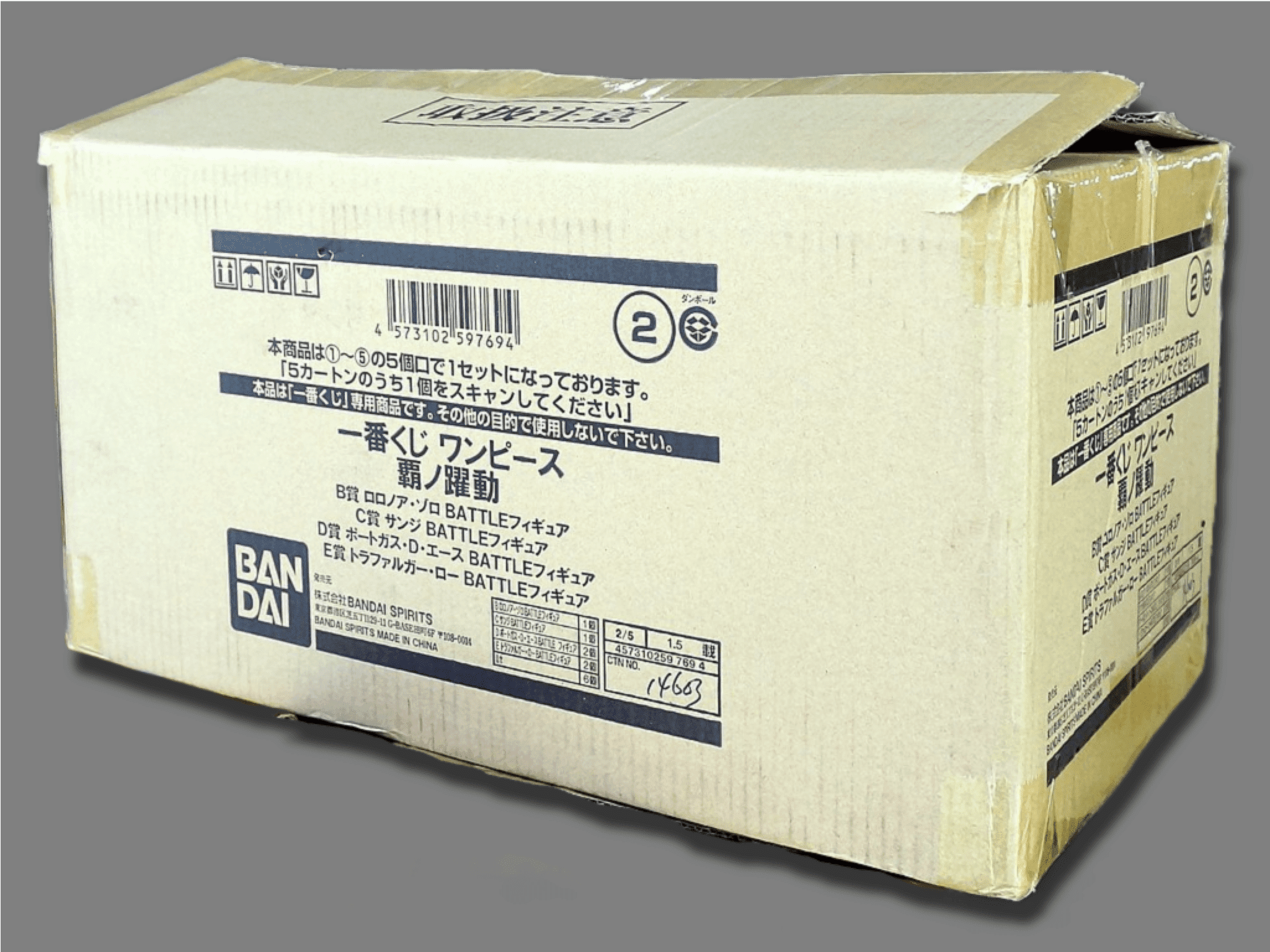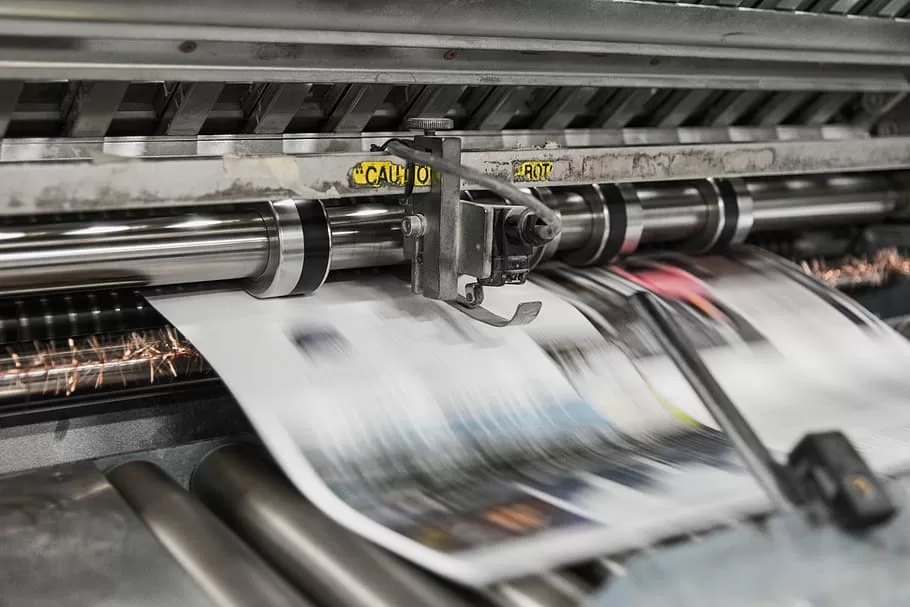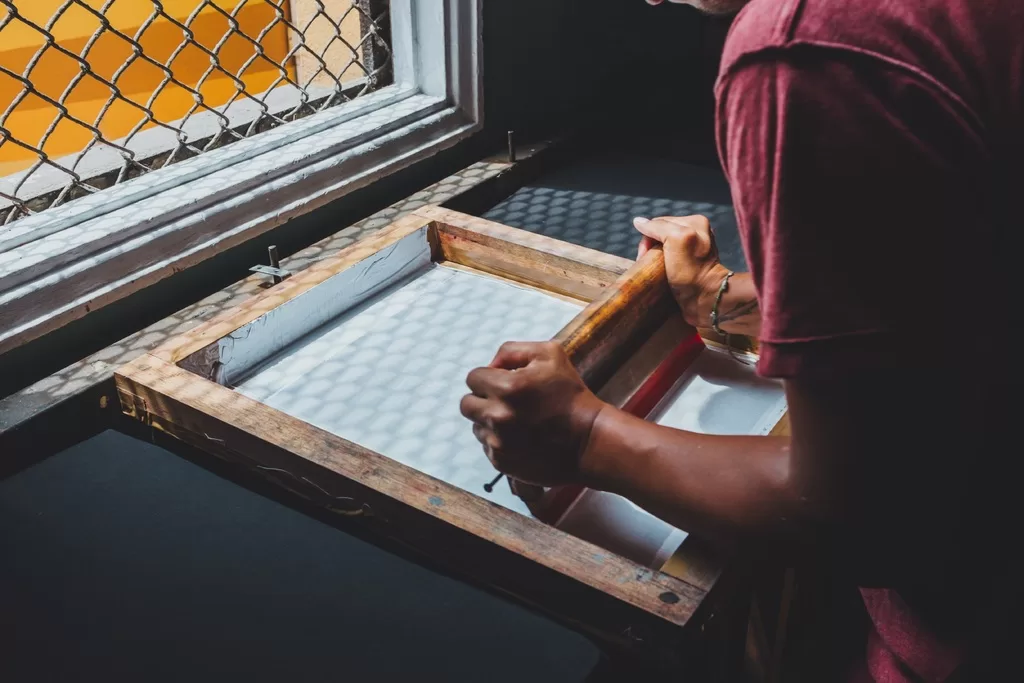Choosing a printing method for corrugated packaging involves evaluating factors such as production speed, print quality, flexibility, cost, and required quantity. In a recent discussion in our prior post, we established that flexography often emerges as the preferred choice for high-volume needs. Conversely, lithography is preferable for top-notch image requirements, screen printing for specialised applications, and digital printing for small customised print runs. This article aims to offer several valuable tips for successful flexo corrugated printing.
Vital Tips for Flexo Corrugated Printing
The subsequent suggestions target aiding in the preparatory stages of corrugated packaging printing, specifically focusing on flexography.
Tips for Artwork Design
- Each colour in flexographic printing on corrugated containers necessitates a distinct image carrier. For a four-colour print, four image carriers are essential. When crafting artwork, it is crucial to consider colour expenses, comprising the procurement and installation of multiple image carriers and inks within your packaging budget.
- Achieving certain effects like gradients and tints when printing directly on corrugated surfaces can prove challenging or unfeasible. Engaging a professional designer to prepare an artwork file for direct flexographic printing on corrugated material is advisable.
- When selecting design colours, take into account the substrate colour as the ink’s appearance varies when applied to brown or white surfaces.
- Simplify graphics when employing flexography for direct printing on corrugated material. Achieving precise photo-like images through direct printing methods can be demanding.
- Opt for higher-quality and finely fluted corrugated material to enhance registration and print quality.
- For intricate designs, print on a smooth substrate and then laminate it onto the final product before printing.
- Prior to purchasing image carriers, ensure that your design is finalised as new graphics necessitate new printing image carriers to economise costs.
Tips for the Troika of Image Transfer: Inks, Substrates, and Image Carriers
Selecting the appropriate ink for your printing project is more critical than it may initially appear. The right choice can significantly influence print quality, assisting in avoiding subpar results and costly corrections. In flexographic printing, different inks are formulated to perform optimally with specific types of corrugated materials.
The compatibility of ink with your substrate is influenced by factors such as the material’s surface tension and the attributes of the entire ink system. Among the diverse inks available, water-based options possess the highest surface tension, making them a popular selection for printing on corrugated material.
Elastomer or photopolymer are the common materials for flexographic image carriers. Printers typically prefer elastomer image carriers for most corrugated printing tasks due to their environmental sustainability, excellent ink transfer, durability, and cost-effectiveness, particularly for high-volume print jobs crucial in packaging.
Recapitulation
Flexography allows for the production of high-quality, lifelike images through a pre-printing flexographic process or direct printing on corrugated packaging. Considering the illustration presented, for corrugated packaging needs, flexographic printing could be a cost-effective option for generating large volumes with consistent designs. The relatively straightforward graphic layout aligns well with the strengths of flexographic printing, where speed and consistent quality are paramount.
Flexography can showcase your company, brand, and products vividly, aiding in building consumer confidence and brand recognition over time. As the market landscape evolves with a focus on sustainability, efficiency, and customisation, the importance and applicability of flexographic printing will likely evolve, continuing to play a significant role in corrugated packaging printing. Its versatile capabilities, established processes, and robust printing materials position flexography as a dependable choice for corrugated package printing.





